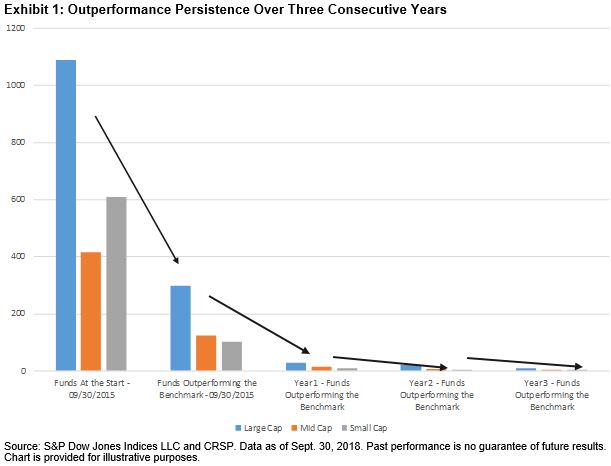In a previous blog, we took the first and second steps in our Growth at a Reasonable Price (GARP) strategy construction. We introduced the GARP investment strategy and showed how it can be implemented systematically. In this blog, we will take the third and fourth steps: using a multi-factor sequential filtering process for security selection and establishing constituent weights.
Multi-Factor Sequential Filtering Process
There are a number of approaches one can take to construct multi-factor portfolios—mainly integration,[1] sequential filtering, and optimization. We use the sequential filtering method because it is easy to understand and effective in achieving its targeted factor exposures.
Multi-factor sequential filtering selects stocks using two layers of filters, as shown in Exhibit 1. In the first step (filter 1), stocks are ranked by their growth z-scores, with the top 150 stocks remaining eligible for constituent inclusion. In the second step (filter 2), those 150 stocks are then ranked by their quality & value (QV) composite z-scores. The top 75 stocks are selected to be included in the strategy after applying a 20% buffer rule.[2] The 20% buffer is applied to reduce portfolio turnover.

Constituent Weights
Once constituents are selected at each rebalance, eligible securities are weighted by their growth score[3] to achieve the strategy’s growth exposure. To limit the impact of extreme values, the maximum weight of a security is capped at 5%. Individual GICS® sector exposure is capped at 40% to broaden the strategy’s sector exposure.
In this and a previous blog, we discussed our GARP strategy construction process. In coming blogs, we will present the empirical results of the strategy performance, its sector composition, and its performance attribution.
[1] S&P Quality, Value & Momentum Multi-Factor Indices Methodology, February 2019.
[2] Buffer Rule: A 20% buffer is implemented as follows:
- Stocks in the top 150, based on growth z-score, are ranked by their QV composite z-score. The top 60 stocks are automatically chosen for index inclusion.
- Stocks that are current constituents that fall within the top 90 based on their QV composite z-score are chosen for index inclusion in order of their QV composite z-score.
- If at this point 75 stocks have not been selected, the remaining stocks are chosen based on their QV composite z-score until the target count is reached.
[3] Please see Footnote 7 from the last blog for growth score computation.
The posts on this blog are opinions, not advice. Please read our Disclaimers.





















































